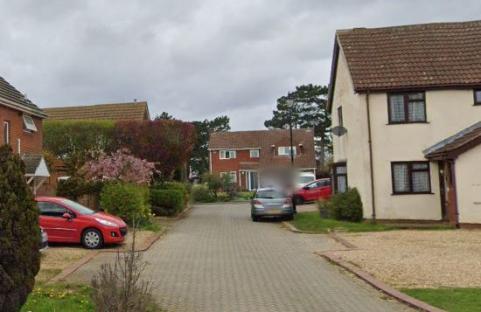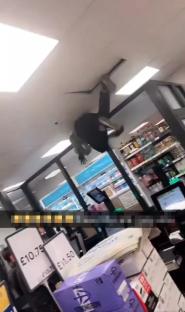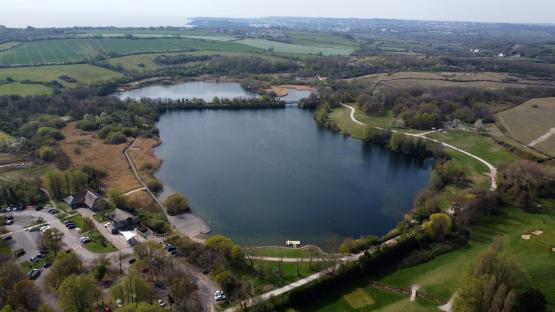“‘The land of the living skies” takes on new meaning with increased sightings of the northern lights in recent months.
Experts say the uptick is the result of increased solar activity like sunspots.
“The more activity there is on the sun, the greater the chance of us seeing northern lights,” said Tim Yaworski, a Saskatchewan photographer and member of the Royal Astronomical Society of Canada.
The shift aligns with the 11-year solar cycle, when the sun's poles swap places, he said. Activity on the sun's surface is expected to peak in 2025, when the cycle reaches “solar maximum.”
Read more: IN PHOTOS: After months of little activity, northern lights dance across Western Canadian skies
“That's why we're seeing a ramping up over the last couple of years of activity of northern lights,” Yaworski said.
The Aurora Borealis occurs when electrically charged particles from the sun interact with gases in the atmosphere, emitting different colours of light.
Northern lights can be spotted at any time of year, but are most active during the equinox, Yaworski said.
“The thrill is just getting out under the night sky,” he said. “Just to be able to look up at the stars, look up at the aurora and just really … immerse yourself into that indescribable joy of just being part of the universe.”
Saskatoon photographer Dale Boan has been chasing auroras for a decade.
“What people really are interested in is when they're really active and dancing in the sky and moving about,” he said. “I'd love it if that was every night, but that doesn't happen.”
Read more: ‘Great locations for northern lights': Albertans share spectacular shots following bright sky show
A common misconception, Boan said, is that northern lights are localized.
“If someone in Saskatchewan can see them, then probably everybody in Saskatchewan can see them, especially if they're bright and active,” he said.
He recommends people find a country road and head north of the city, to get away from light pollution. The light displays can be spotted any time after dark, but Boan said he's had the most luck between 11 p.m. and 3 a.m.
“There's nothing like a calm Saskatchewan night and being out by water that's perfectly calm,” he said.
“If you get the northern lights, they reflect on the water; they're dancing around. It's very beautiful.”




